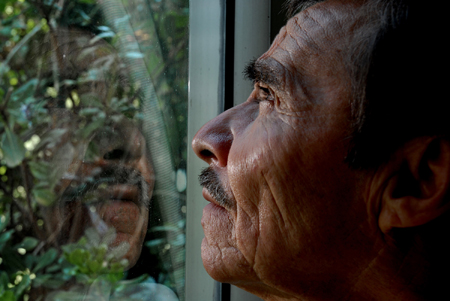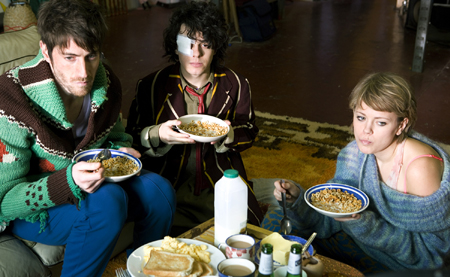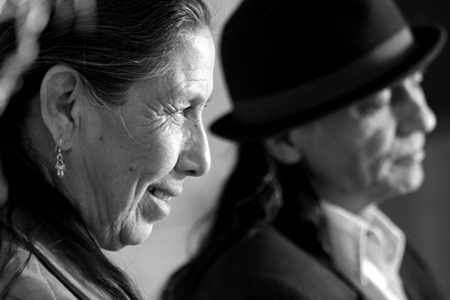[This is the third in a series of dispatches relating to the New Directors/New Films series, running between March 21, 2012 and April 1, 2011 at MOMA and the Film Society of Lincoln Center.]
His name was Claudiu Crulic. He was a 33-year-old Romanian who, as a younger man, abandoned his loose educational plans and involved himself in the family business of selling sundries in various European nations. Or he was a mysterious drifter harassed by the authorities for minor indiscretions. Or he was living it up in vaguely dissolute, vaguely familial terms in Krakow. It really all depends — as Anca Damian’s animated film Crulic: The Path to Beyond makes clear in its enticing murkiness — on how you look at the situation, on the facts you decide to appropriate for your own subjective purposes, whether as filmgoer or fellow human being. Is that ringing telephone a cardboard reconstruction? Or is it merely a collection of hastily sketched lines? We can hear the cinematic fizzle of the overhead florescent lights, yet why can’t we see them? We are told that a man has lost 30 kilograms in weight before death, yet the air that surrounds his story is often weightless.
Damian’s film cannot commit itself to any one animation technique: cutout, hand-sketched, and the kitchen sink are all vigorously pursued in an effort to unpack Crulic’s story, which is by no means airtight, entirely authentic, or even completely tellable. Crulic’s voice and imagery have been reappropriated, with another actor reading what I must presume to be reinvented words to convey one possible truth about a terrible tale in which facts may be fickle. This raises ethical questions over whether Damian the filmmaker is as reckless with the truth as the Polish authorities were with Crulic’s life. Perhaps the only way to hit at Crulic’s truth is through such smudging.
There is one thing most people will agree on. Claudiu Crulic did not have to die at such a needlessly young age in a Polish prison. On July 11th, 2007, a judge of the high court had his wallet stolen, with two ATM transactions on his card totaling 500 Euros following not long after. Crulic, the apparent suspect who may or may not have been in Krakow at the time, was recognized in a photograph by the judge, detained, and placed into a prison to await trial in the months to come. Curlic decided that he could no longer wait and initiated a hunger strike, stating this in a letter to the Romanian Consulate. Damian’s film implies that the Consul strung Crulic along. This may very well be true. The judge and the Court and the lawyers and the doctors and the prison officials all have blood on their hands for allowing Crulic to die, for not intervening in time, and for throwing out evidence which might have exonerated Crulic (Crulic on a bus to Italy during the time in which the Judge was robbed). If the Crulic situation weren’t so tragic, it would certainly be comic or Kafkesque. But another important question that the film never quite answers is why Crulic would choose such a dramatic and life-threatening protest option over a more practical one. An inhumane hardliner could point to the heroes and rebs who have done hard time for worse offenses.
We are told many times along the way that “it was at this point” that Crulic’s life might have been saved or the cruel bureaucratic process might have grinded to a halt. But do we really know this for certain? This film carries the illusion of veracity with a narrator who steps into the vocal track to give us more than contours. And some kernel of another truth is implied during the end credits with various television clips. But while I was seduced by the film’s imagery and ideas — the frozen cutout representation of Crulic flung about from cell to cell as he is shifted in disorientation by the guards, the idea that one life might contain a finite number of photos — I felt vaguely bothered by the film’s tendency to dictate rather than to suggest. I cannot in good conscience call this a documentary. But as one dramatic representation of a story that was largely ignored in the States, this path to beyond leaves one considering the path less traveled and fuels a new desire to travel both. It is a sad indication of the Polish justice system’s inadequacies that a more complete excursion is probably not possible.
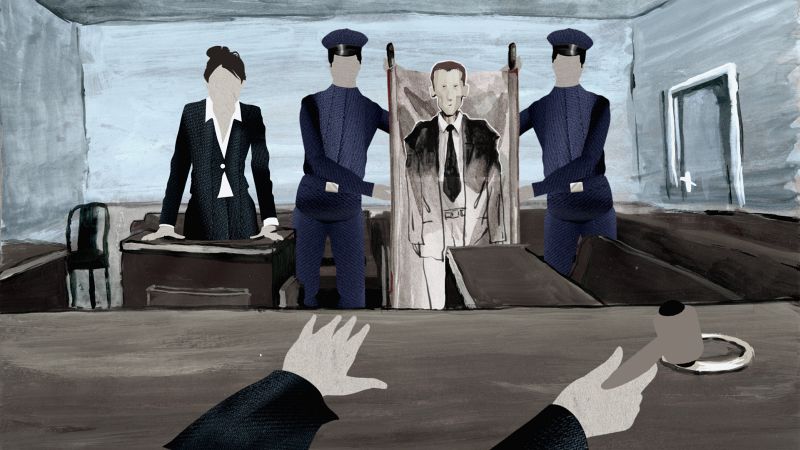

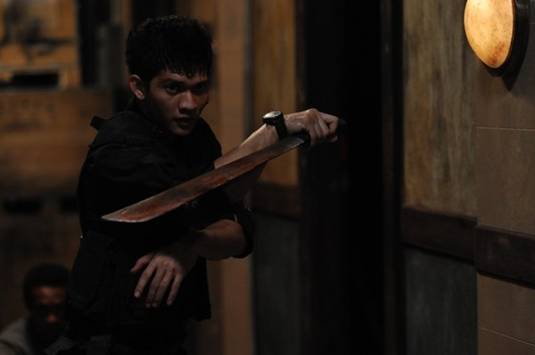
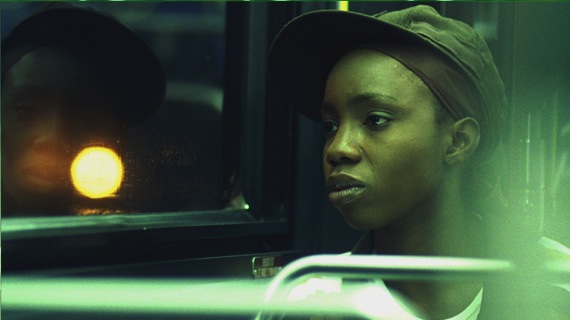
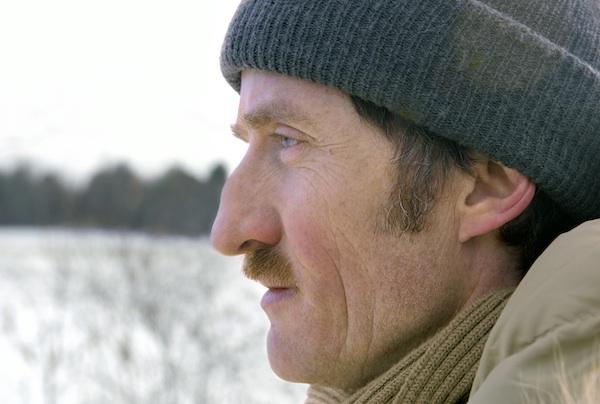
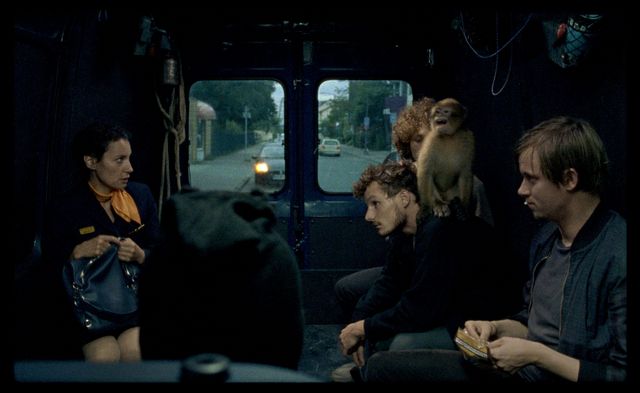
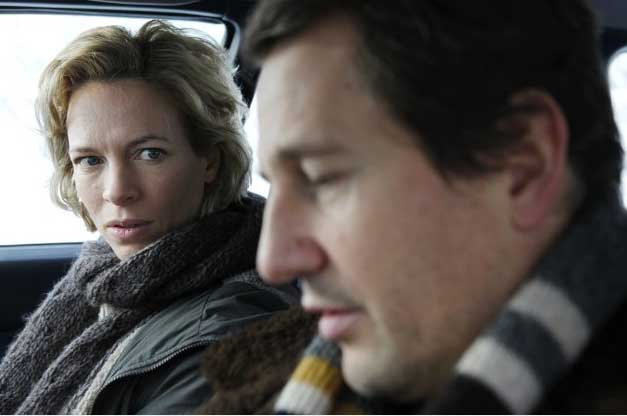


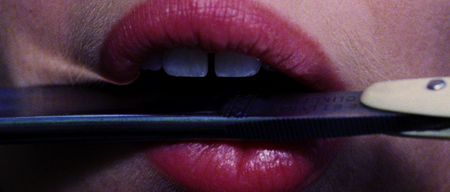


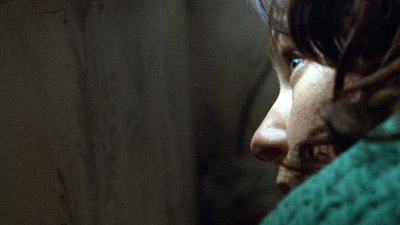





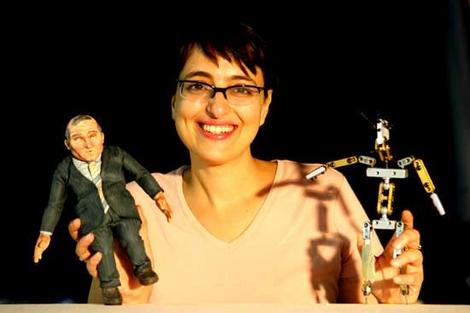


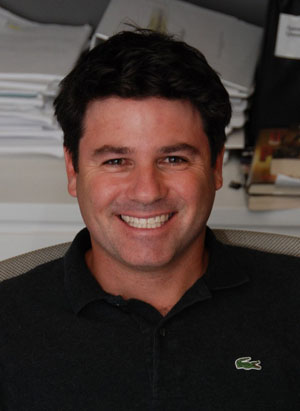 Correspondent: I also wanted to offer an observation. One moment in which Yuka, who is up for Connie, reveals that she was born in Japan. And the production team expresses some concerns because she can’t, in their view, possibly nail the right dialect because she wasn’t born in the States. In fact, Baayork Lee says, “There’s something about being born in America and fighting for a seat on the F train.” Seeing as how Yuka did, in fact, get the part, this is interesting to me. Because if you were to take such a judgment and put it into another occupation, it would be discrimination. So I am curious. If an actor has the chops, should they not be able to essentially get the part irrespective of the background? This is one of the interesting things, I think, about the film, in which you see such a blunt judgment — despite the fact that it’s done in all love — laid down on the table like that. So what of this dilemma?
Correspondent: I also wanted to offer an observation. One moment in which Yuka, who is up for Connie, reveals that she was born in Japan. And the production team expresses some concerns because she can’t, in their view, possibly nail the right dialect because she wasn’t born in the States. In fact, Baayork Lee says, “There’s something about being born in America and fighting for a seat on the F train.” Seeing as how Yuka did, in fact, get the part, this is interesting to me. Because if you were to take such a judgment and put it into another occupation, it would be discrimination. So I am curious. If an actor has the chops, should they not be able to essentially get the part irrespective of the background? This is one of the interesting things, I think, about the film, in which you see such a blunt judgment — despite the fact that it’s done in all love — laid down on the table like that. So what of this dilemma?